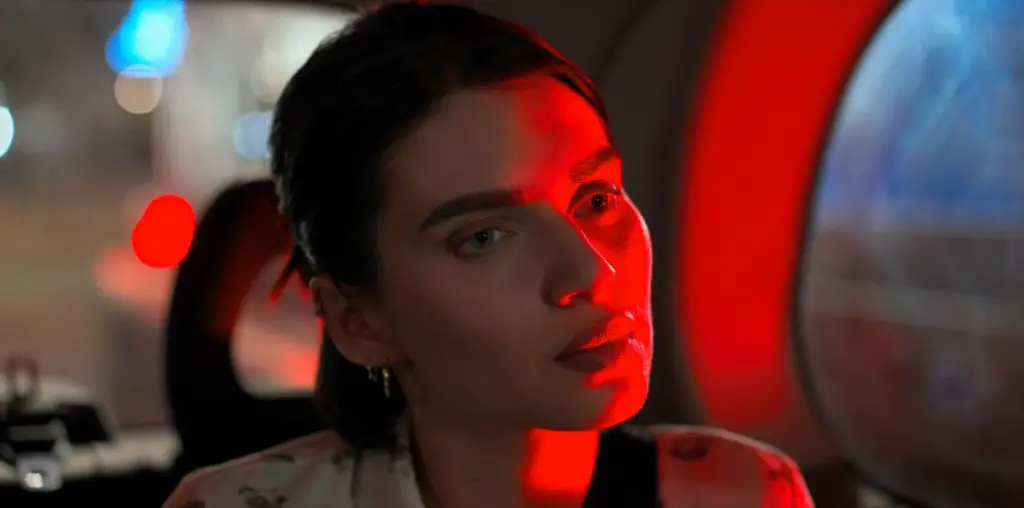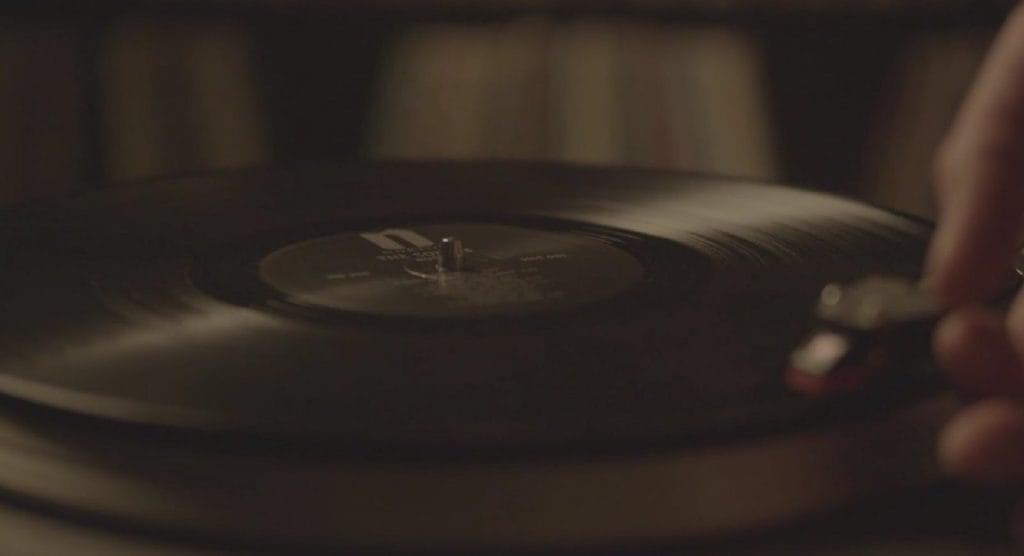
If one was prone to follow the evolving history of the biopic of ’70s adult film starlet Linda Lovelace, it is easy to get confused. After all, in the grand tradition of Wyatt Earp, volcano and giant masses headed towards mother Earth, there were competing productions at work. The more infamous of the two was Matthew Wilder’s Inferno which as far back as 2010 had Lindsay Lohan in and out of the role until more trouble forced them to move on with Malin Akerman as the titular performer. Whatever raciness is in store for us with that attempt, still looking for a spot on the schedule, will have to follow Rob Epstein and Jeffrey Friedman’s more low-key and ultimately accessible film. Though full of nudity, sliminess and all the gaudy design of the era, it is once again the casting decisions that are the most interesting takeaways from this unavoidably labeled Boogie Nights-Lite.
In the film, Linda Boreman (Amanda Seyfried) was just an average teenager growing up in Florida under the roof of a religiously-inclined mother (Sharon Stone). A night at the roller rink introduces her to the slick, but outwardly friendly, Chuck Traynor (Peter Sarsgaard) who would quickly become her husband. After he is arrested and struggling for money, Chuck convinces Linda to start using her assets for more unsavory acts. This leads to the introduction of a trio of pornography producers (Hank Azaria, Bobby Cannavale & Chris Noth) who are quite taken with one of Linda’s particular talents; the inspiration which spawned Deep Throat, one of the most successful Triple-X features of all time.
Being one of the first adult films to actually incorporate its explicit sex into a plotline, there is something fitting about Lovelace being more of a timeline trace of events rather than pushing the boundaries of the rating system. While Epstein & Friedman appear to be smoothing over the harsher elements of Linda’s life at the time, midway through the film shifts to retrace what we have come to witness to offer a different perspective. It’s an interesting approach that breaks down the alluded fantasy of fame over infamy and paves the way for Linda’s liberation through talk show appearances and a tell-all book.
To get a more complete picture you may want to pick up Linda’s memoir, Ordeal, which the film is practically an 80-minute pre-advertisement for, or at least check out the 2005 documentary Inside Deep Throat. The only thing you would be missing out on is a rather inspired series of casting decisions that inform upon perhaps the film’s most interesting theme. A life being defined by a single decision is bad enough for the average individual. As part of the spotlight of a career that involves the hope to change one’s persona, shedding that cloud can be even more problematic for professional actors. Linda Lovelace was defined forever by Deep Throat and inside this film you can see others who have had past roles follow them around.
Sharon Stone may be an Oscar-nominee but chances are it is not her role in Casino that pops first in your memory but a single scene where she showed America that the clitoris is most definitely not in one’s throat. Popping up briefly as a lie detector specialist is Eric Roberts, whose performance as Paul Snider in Star 80 (about the death of Playboy playmate Dorothy Stratten) has typecast him as a psychopath or other baddie for the better part of the three decades since. How many women still see Chris Noth as Mr. Big from Sex and the City. Can Robert Patrick be anything but the T-1000? Will Wes Bentley always be the guy who filmed a floating bag in American Beauty? And in a blink and you might miss her cameo, Chloë Sevigny makes an appearance as a reporter. Linda Lovelace was not as fortunate to have an HBO series like Big Love to help erase the memory of an on-screen b*****b.
The brief supporting players have their own attachment on a grander scale while Sarsgaard is forced to reopen the old wounds of the scumbag he played in Boys Don’t Cry, all the while looking like Thomas Jane’s Todd from Boogie Nights. It is nowhere near a bad performance, just one that is in line with the overt familiarity of the material – especially if you have seen the documentary or P.T. Anderson’s definitive take on the porn industry. Same soundtrack cues and margarita blends at parties do not help matters, though Seyfried does an adequate job of slowly sinking deeper into despair.
Until Wilder’s Inferno is unleashed we will not know what the definitive Lovelace film is, if either is even worthy of such a title. Epstein & Friedman’s effort is edited down to its bare 85-minute essentials. It is not messy, but merely serviceable without going deeper. By the time it is over, Lovelace provides some mild satisfaction but ends with a viewer wondering what happened to the teeth.

